This 4,500 Pyramid Was Going to Be Covered in Granite, Fueling a Major Problem in Egypt
A highly controversial move has seen the Egyptian Ministry of Antiquity discuss a project that aims to case a Giza pyramid in granite blocks.
While aimed at returning the monument to how it once looked in the past, archaeologists, researchers, and Egyptologists have spoken out against the decision, with many expressing their concern.
The Pyramid of Menkaure
One of the three major pyramids found on the Giza Plateau in Egypt has recently been at the center of great controversy.
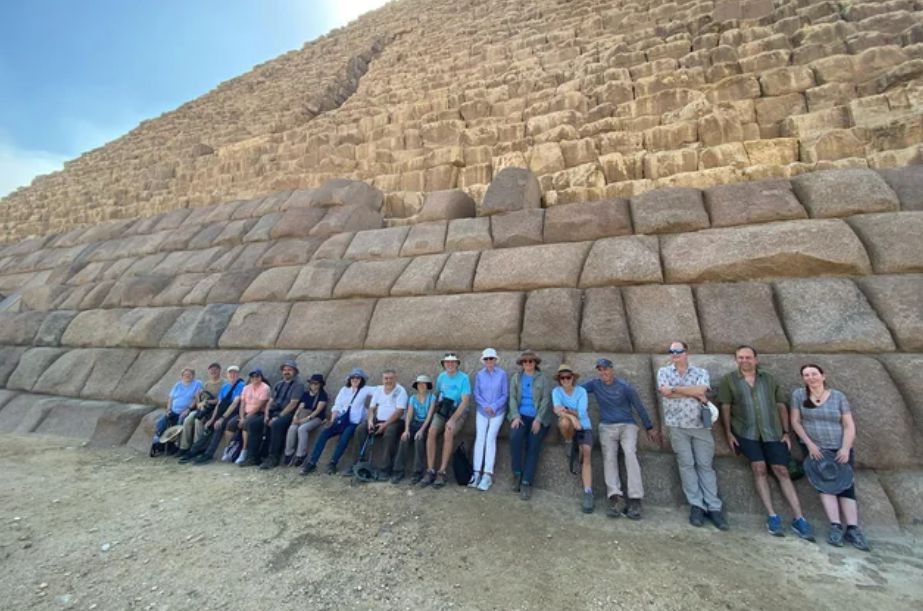
Source: @Outofthetombs/Reddit
News of a project, led by the head of Egypt’s Supreme Council of Antiquities, Mostafa Waziry, plans to cover the entirety of the structure in granite casing stones, which has upset a lot of people.
Restoring the Ancient Structure
When the pyramid of Menkaure was first constructed well over 4000 years ago, it was built from limestone, and many claim its entirety was cased in well-fitted granite blocks.
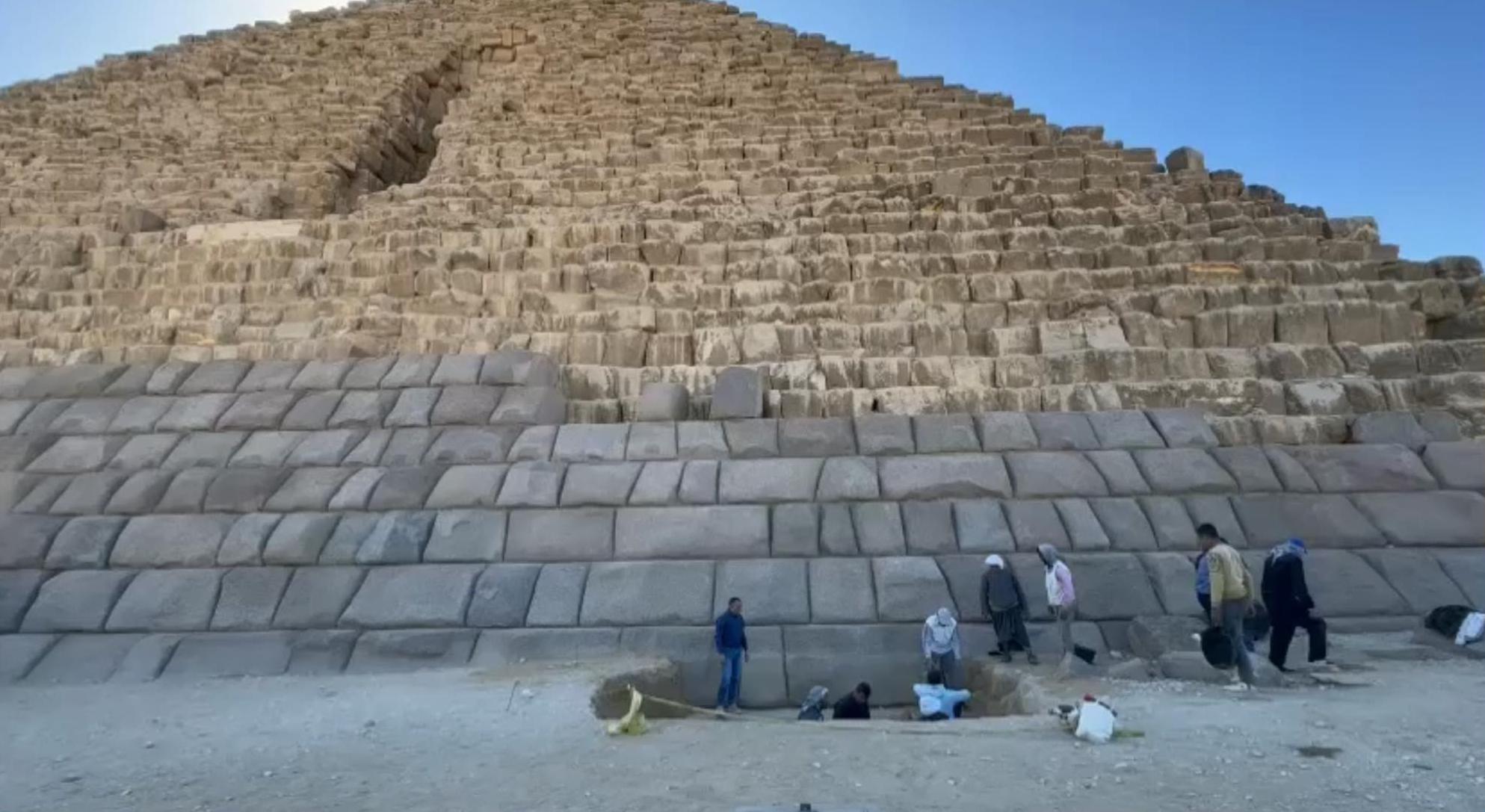
Source: Walk Into Egypt/Facebook
Only around four or five rows of granite casing stones are witnessed at the bottom today. Waziry believes it should be restored to its original state.
Waziry Releases News of Controversial Project
The public first became aware of the project last week when Waziry uploaded a video to Facebook.
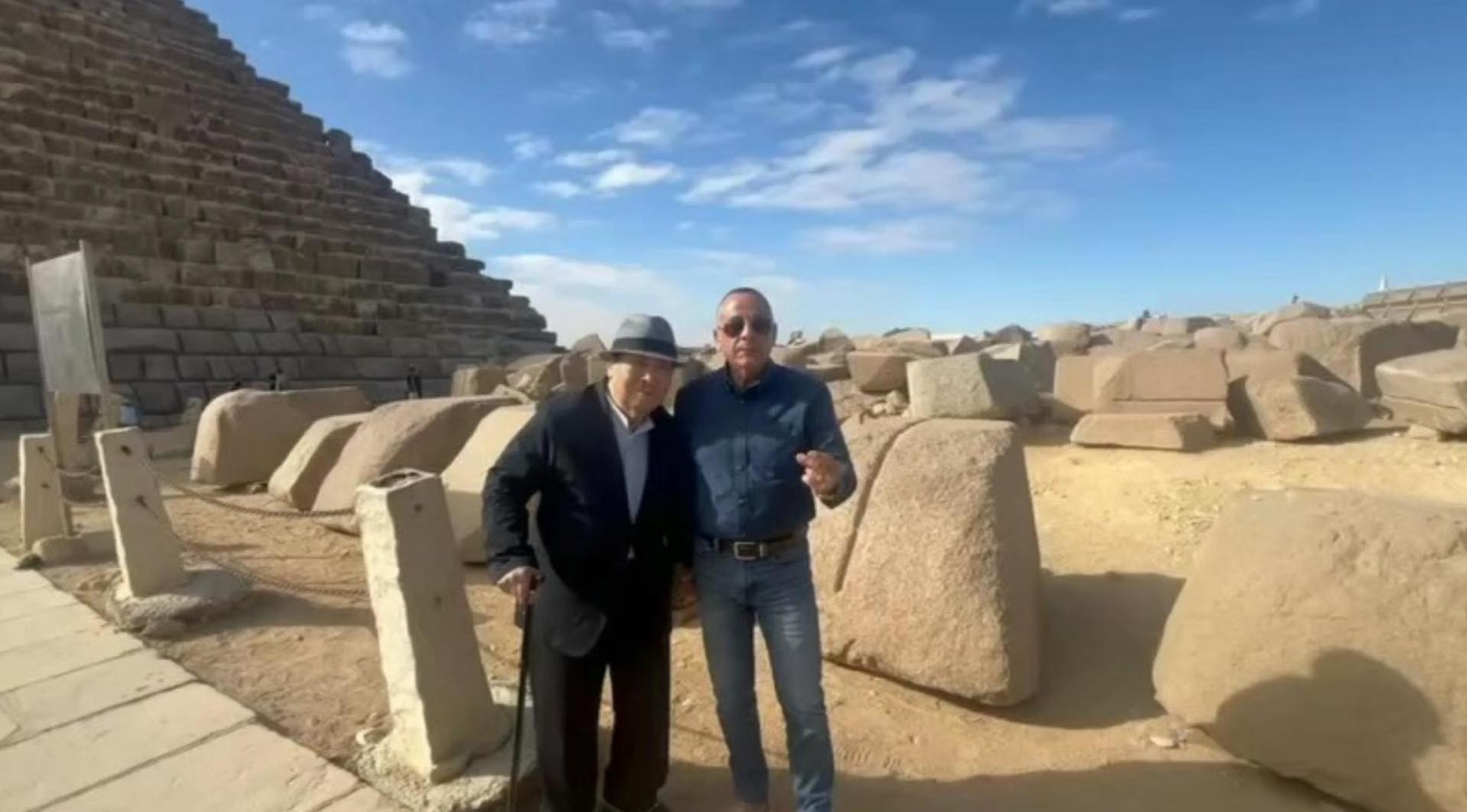
Source: Walk Into Egypt/Facebook
The video shows several workers standing around the base of Menkaure’s pyramid as they observe the ancient granite blocks.
The Project of the Century
During the video, Waziry explains the project, which aims to encase Menkaure’s pyramid in granite.
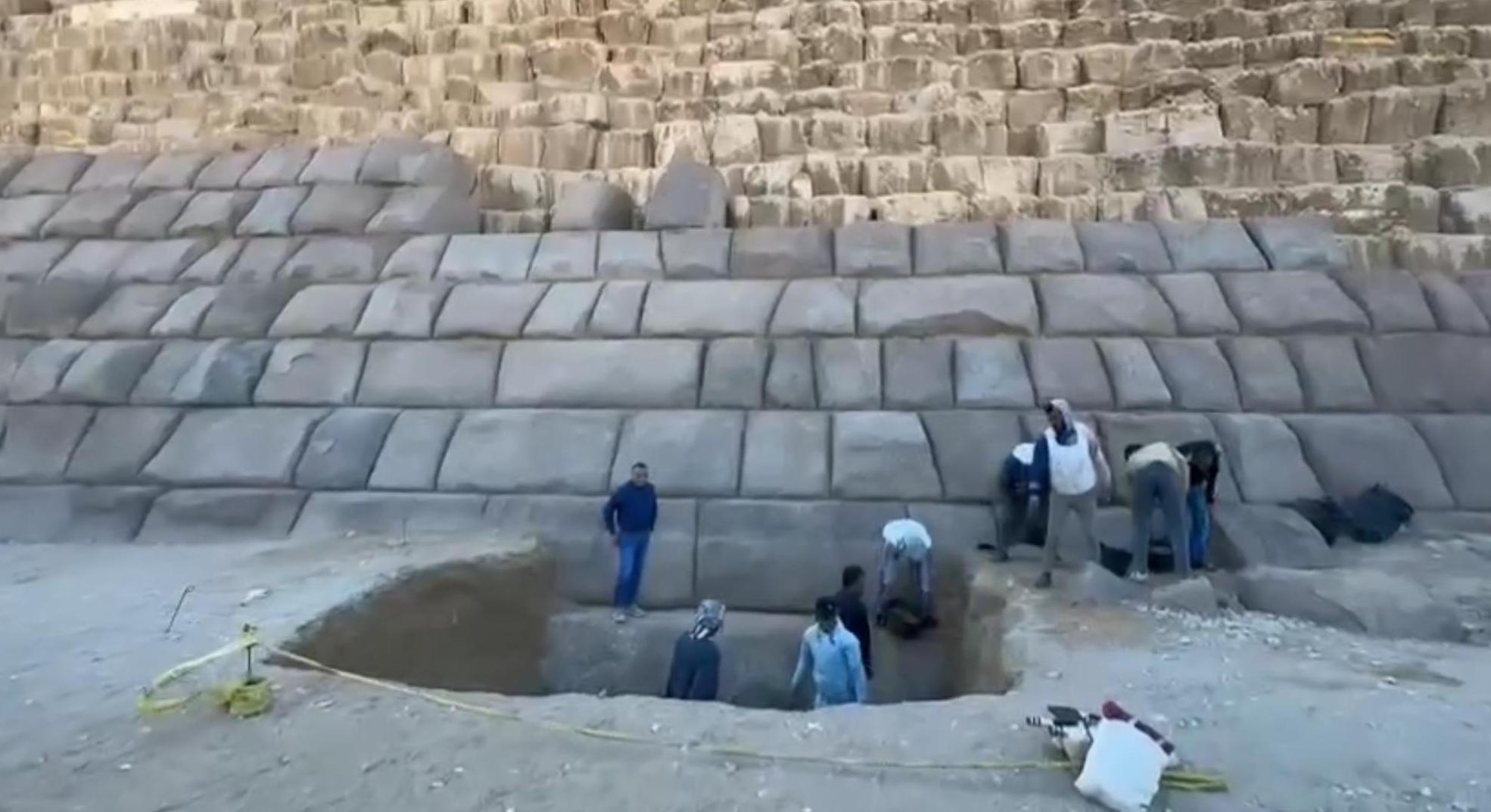
Source: Walk Into Egypt/Facebook
According to the head of Egypt’s Supreme Council of Antiquities, the restoration work is “the project of the century.”
Work to Last Over Three Years
The project would be in the hands of an Egyptian-Japanese team, and the restoration could take up to three years to complete.

Source: Freepik
Waziry, who’s currently overseeing the team’s efforts, claimed the project is “Egypt’s gift to the world in the 21st century.”
Public Outcry Against the Project
Not everyone agrees with Waziry’s comments, however. Nor do they see why the project was thought up in the first place.

Source: Freepik
Hundreds of negative replies from archaeologists and history enthusiasts litter the comments section of the video.
Egyptologist Speaks Out
One prominent Egyptologist, Monica Hanna, questioned the project and blamed it on poor management within the Egyptian heritage department.

Source: Freepik
“When are we going to stop the absurdity in the management of Egyptian heritage?” she asked.
Interference Can Cause Major Long-Term Damage
During an interview with Independent Arabia, Hanna explained numerous problems that may arise with such a project.
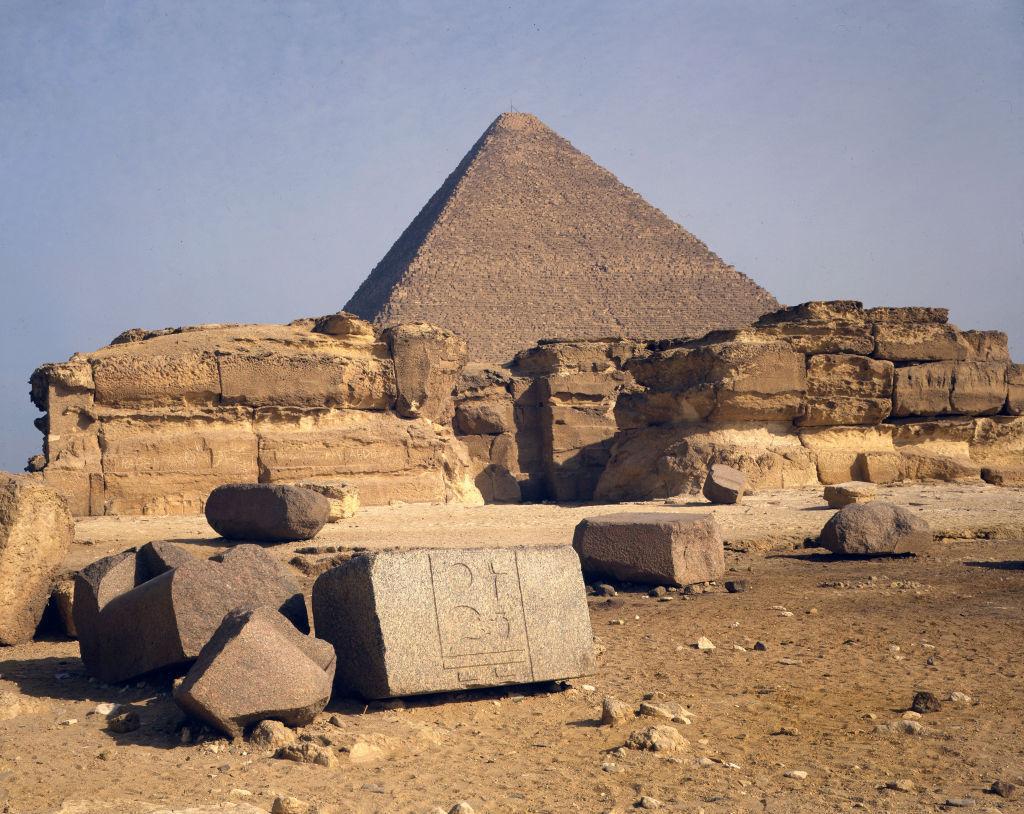
Source: Ethel Davies/Getty Images
“Interfering with the nature of the monument can cause visible problems and major damage,” she said.
Approach With Concern
Hussein Bassir, who sits as the director of antiquities at the Bibliotheca Alexandrina, also expressed concern.
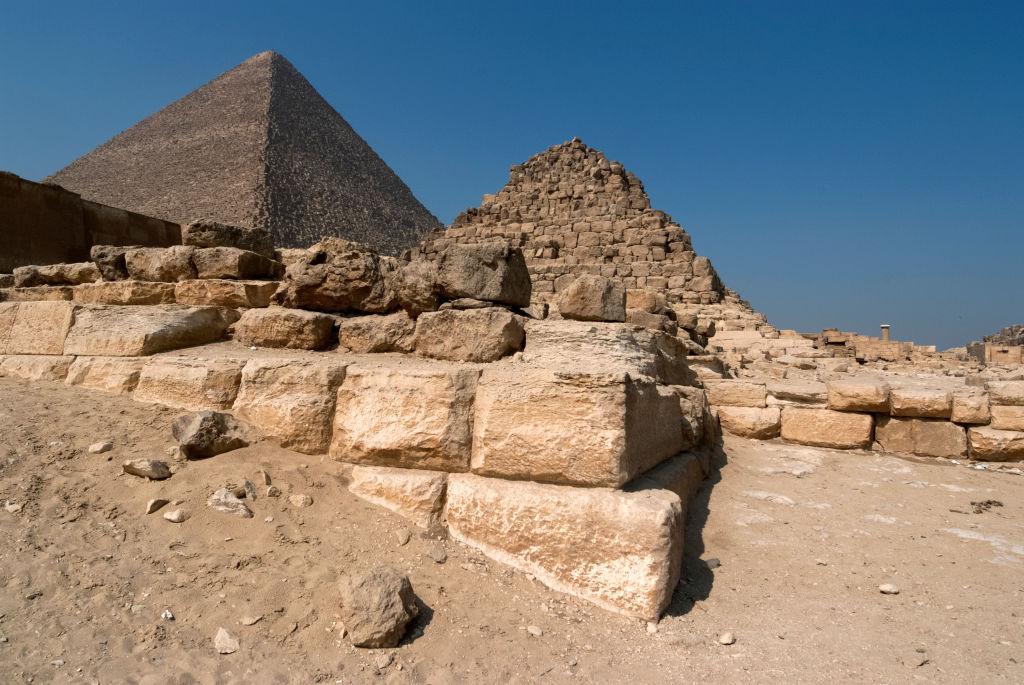
Source: Ethel Davies/Getty Images
He believes the project should be approached with caution as numerous risks are clearly evident.
Social Media Erupts with Concern
Many have shared their concerns about the project on social media.

Source: Freepik
“It is destroying an ancient monument, legacy for all humanity, not only the today’s country of Egypt. Please respect the past, do not make Disneyland from ancient legacy. These monuments not only for people who want to make nice selfie photo,” wrote one man.
The Project Could Work
Not everyone disagreed with the project, however. Salima Ikram, an Egyptologist in Cairo, claims there are ways to make it work.

Source: Freepik
“As long as the stones used are the ones found around it, and not adding new ones that do not belong to the pyramid,” he said.
Not Set in Stone Just Yet
With the considerable backlash, Waziry was forced to make an announcement claiming no plans had been finalized just yet.

Source: Freepik
“It’s too early now to discuss the reinstallation. Study results will be put forward to the international committee before any next steps are taken,” Waziry said.
Egypt's Antiquities Authority Hats Menkaure Project
The initiative, discussed above, to encase the smallest Giza pyramid Menkaure was unveiled in January by Mostafa Waziri, the secretary general of Egypt’s supreme council of antiquities.

Markus Winkler/Unsplash
Originally adorned with granite, much of Menkaure’s covering eroded over time. However, the sheer volume of online criticism that this project faced has prompted Egypt’s antiquities authority to halt work on the monument.
The Plan Is Shelved
Fortunately for some, a committee formed by the country’s tourism minister said in a statement that the plans to reinstall ancient granite cladding on the smallest of the three pyramids in Giza have been shelved.
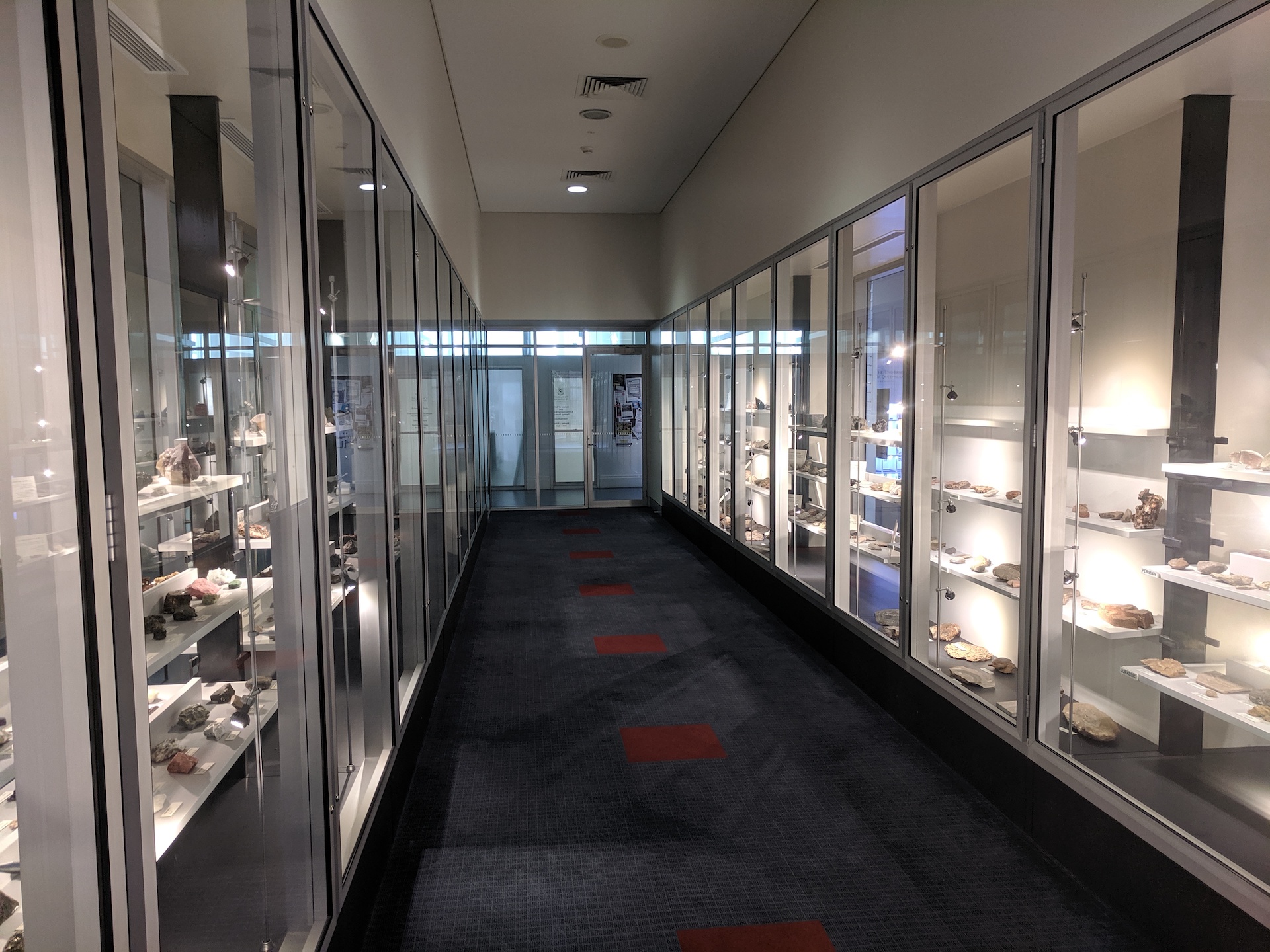
Source: Wikimedia Commons
“What I want to say is don’t worry, the pyramids of Giza are safe, and nothing will happen to them,” Zahi Hawass, a former minister of antiquities who headed the committee, said.
“No One Can Touch the Pyramid of Menkaure”
This decision to scrap the project came after Hawass reported an unprecedented number of emails and letters received from people all over the world asking the committee to halt the project.
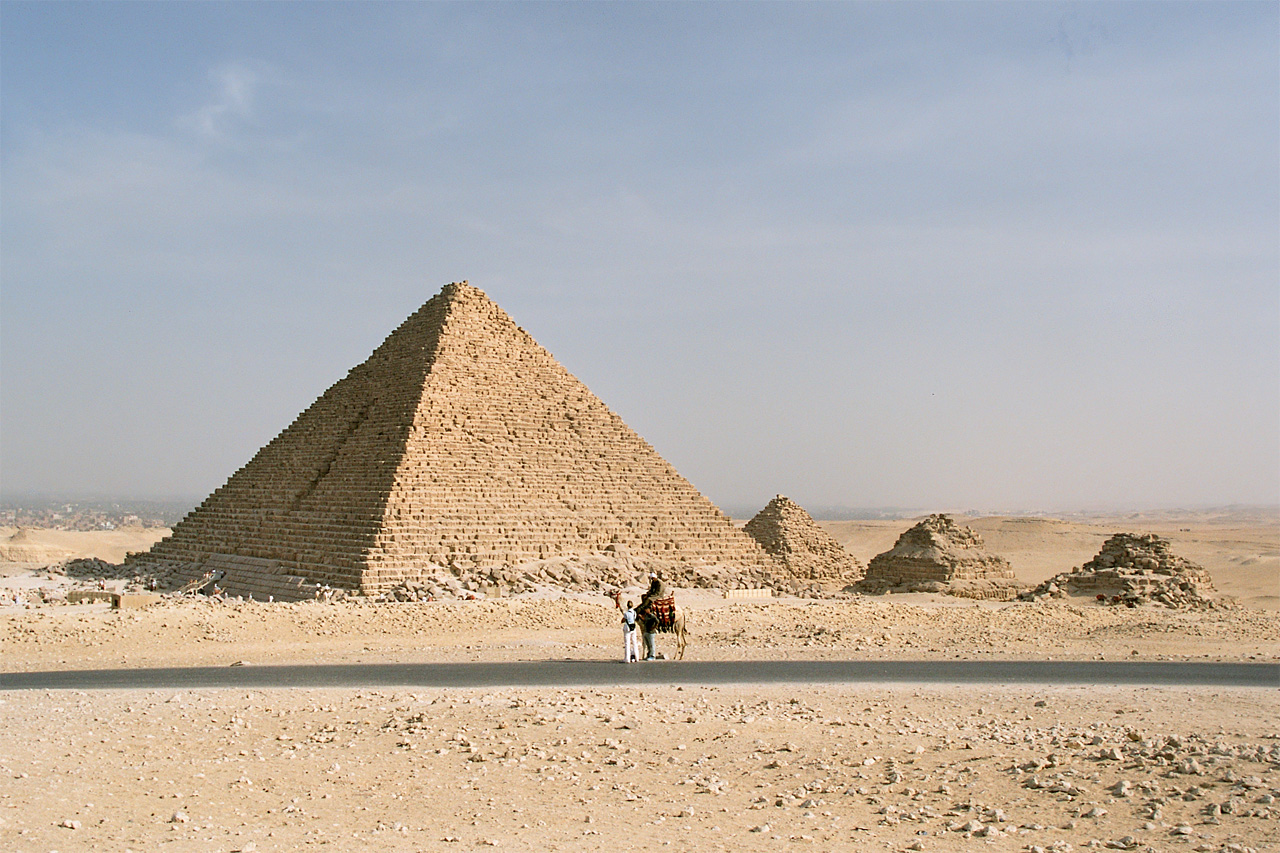
Source: Wikimedia Commons
“People everywhere are calling me, writing letters, emails. They are worried. Don’t be worried at all, the pyramids are safe, and no one can touch the pyramid of Menkaure.”
Egypt’s Restoration Project
The restoration plan is part of a larger “project of the century” initiative by Egypt’s Supreme Council of Antiquities to develop the Giza Pyramids area.
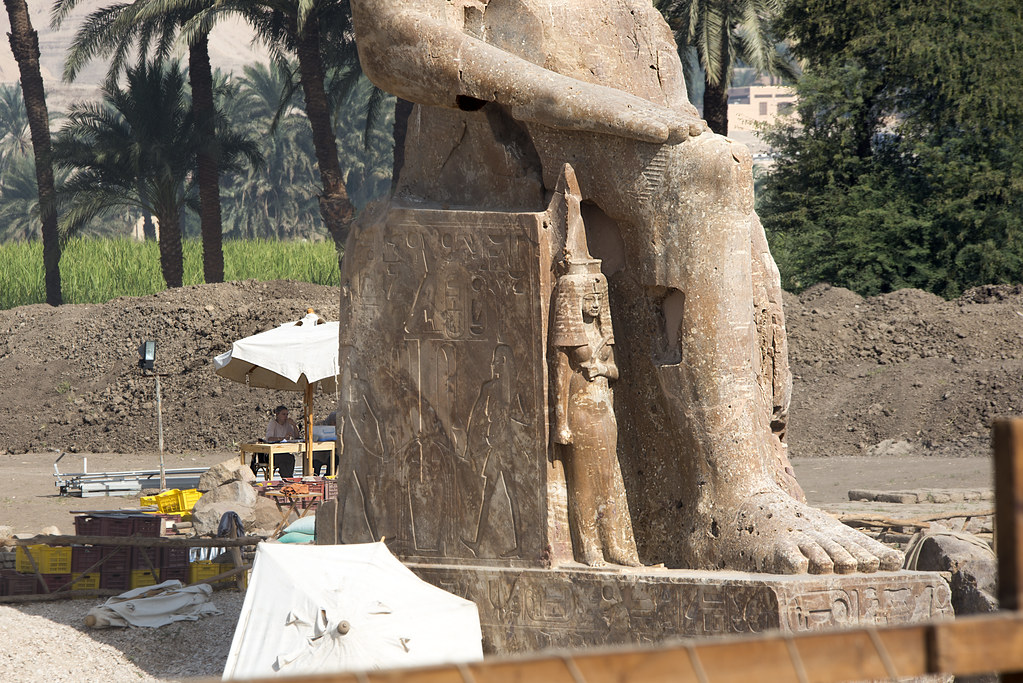
Source: MarKant-Photoart/Flickr
The broader plans include building the Grand Egyptian Museums, local infrastructure, and establishing new and improved visitor facilities.
The Grand Egyptian Museum
The Grand Egyptian Museum is located between the Great Pyramid of Giza, the only surviving wonder of the ancient world, and Cairo. The museum will become a visual connection between Egypt’s past and present.
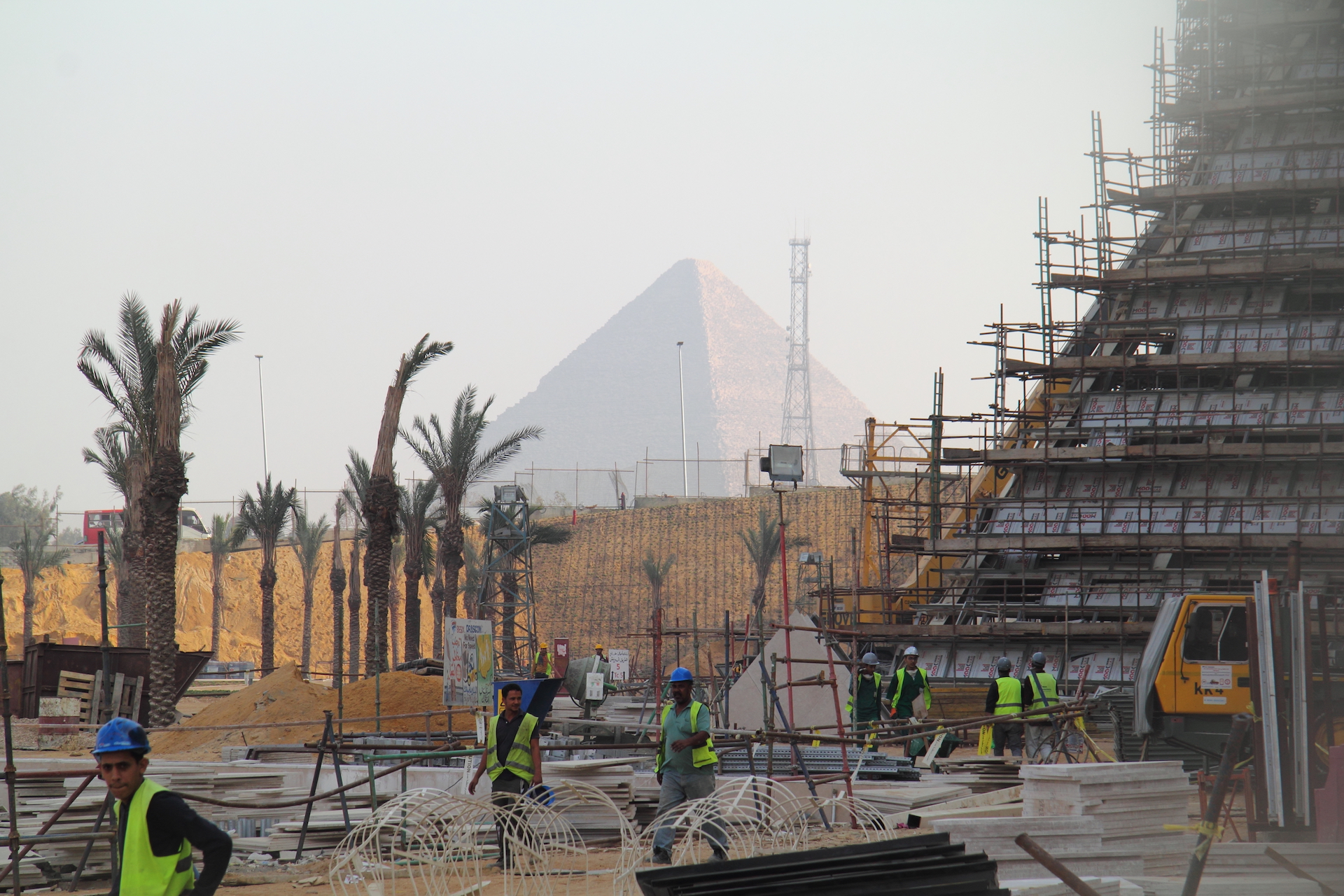
Source: Wikimedia Commons
The billion-dollar museum features 12 exhibition halls and hopes to create a series of gardens that help to create a favorable microclimate.
The Largest Museum Devoted to a Civilization
The Grand Egyptian Museum has been touted as the largest museum in the world devoted to a single civilization. The structure has been under construction since 2005, and the opening has been repeatedly delayed.
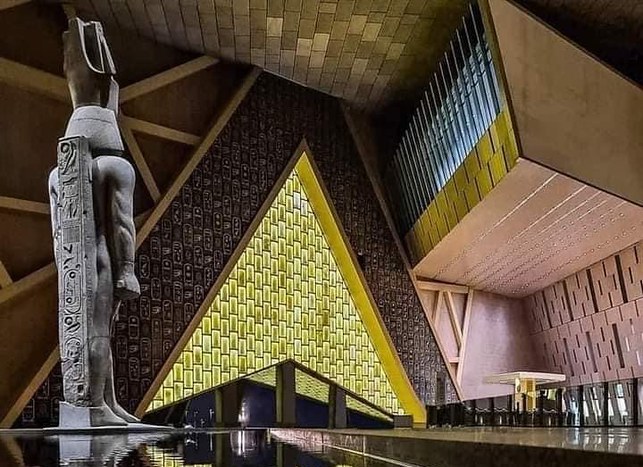
Source: Ron Frazier/Flickr
The Egyptian government and the museum have remained tight-lipped about the exact opening date of the museum, but murmurs suggest there could be a late 2024 opening.
In 2020, Egypt Reopened Its Oldest Pyramid After Years of Restoration
After undergoing extensive restoration efforts, Egypt has officially reopened its oldest pyramid, the Djoser pyramid, to the public back in early 2020.
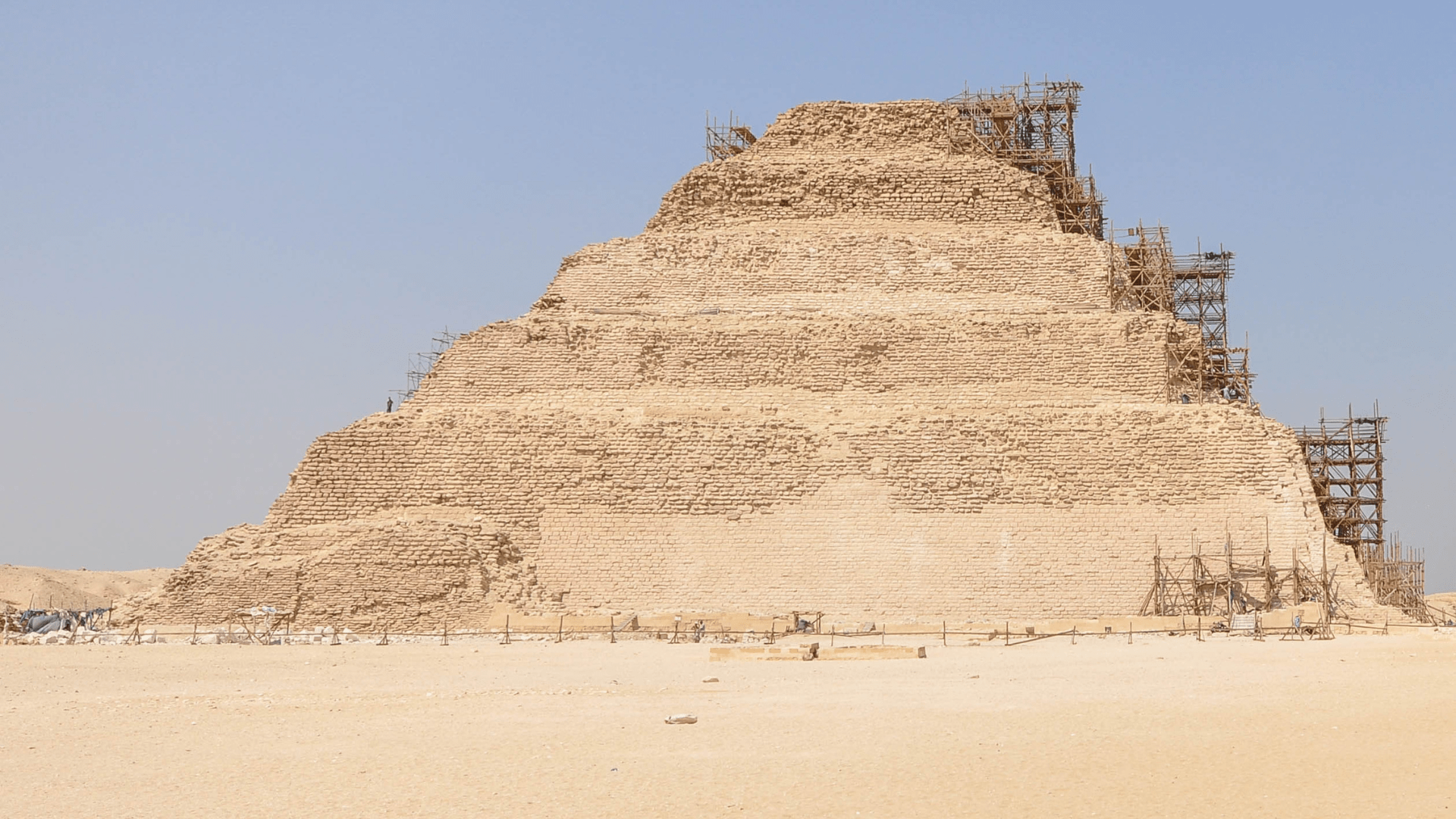
Jorge Láscar/Wikimedia Commons
This ancient structure, boasting a remarkable age of around 4,700 years, stands as a testament to the architectural prowess of its time.
Djoser Pyramid World's Oldest Stone Building Still Standing
Constructed entirely of stone and composed of six stacked terraces, the Djoser pyramid reaches an impressive height of 63 meters (207 feet).

Dr. Ondřej Havelka/Wikimedia Commons
Recognized by Al-Ahram as the world’s oldest monumental stone building still standing, it resides within the Saqqara funeral complex, situated outside the royal capital of Memphis—a UNESCO World Heritage Site located south of modern Cairo.
Where Did the Djoser Pyramid Get Its Name?
King Djoser, who ruled during the third dynasty of ancient Egypt (c. 2650–2575 BCE), commissioned the construction of this extraordinary pyramid.
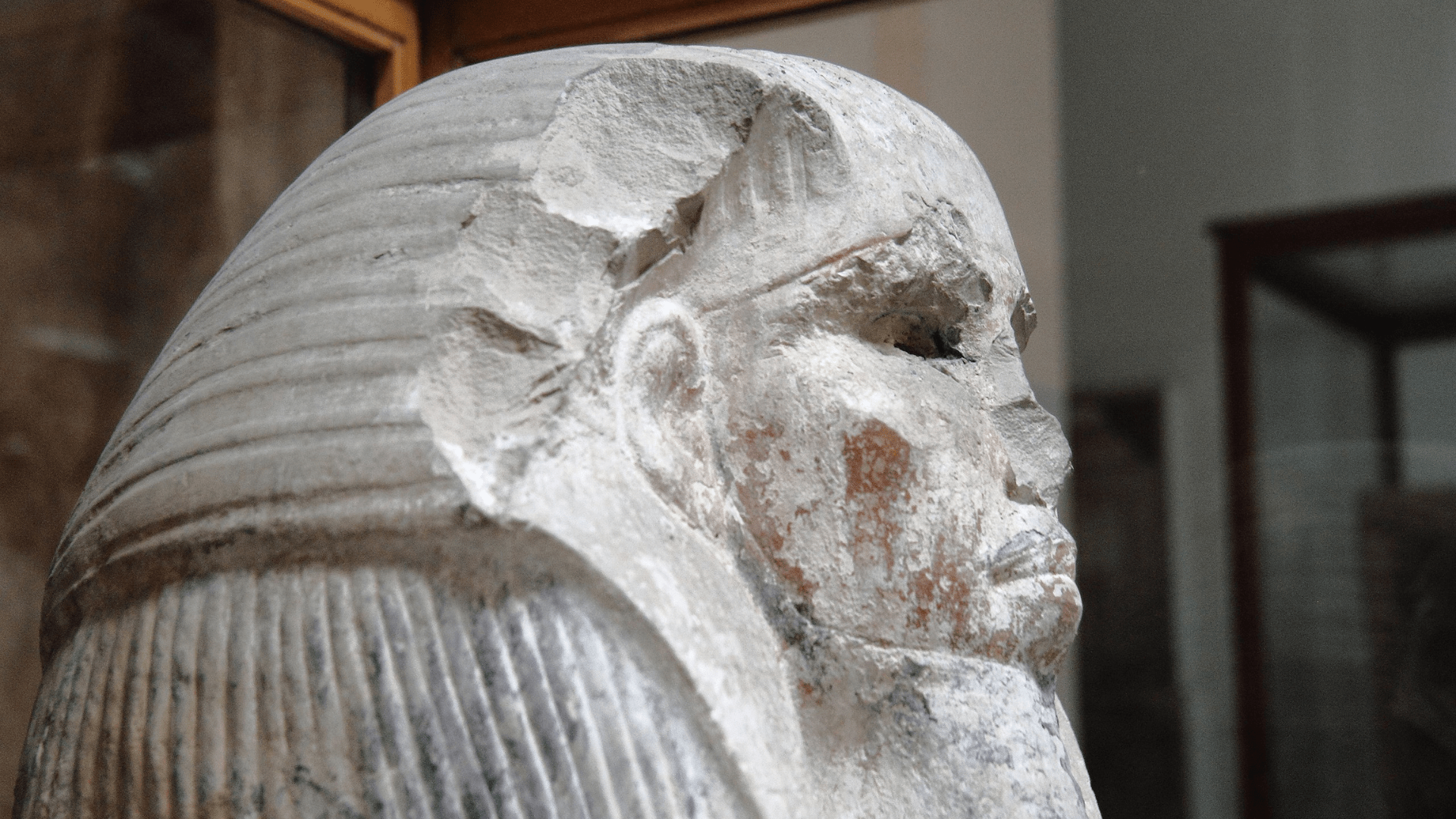
Djehouty/Wikimedia Commons
Imhotep, Djoser’s chief minister, is widely acclaimed as the architect behind this marvel. Imhotep, a multifaceted figure described as a sage, vizier, and astrologer, left an indelible mark on Egyptian history through his architectural contributions.
The Importance of Imhotep
Imhotep pioneered the concept of cladding, wherein one material of a building is overlaid with another. His innovative approach was notably demonstrated through the application of stone cladding to walls and various structural components.
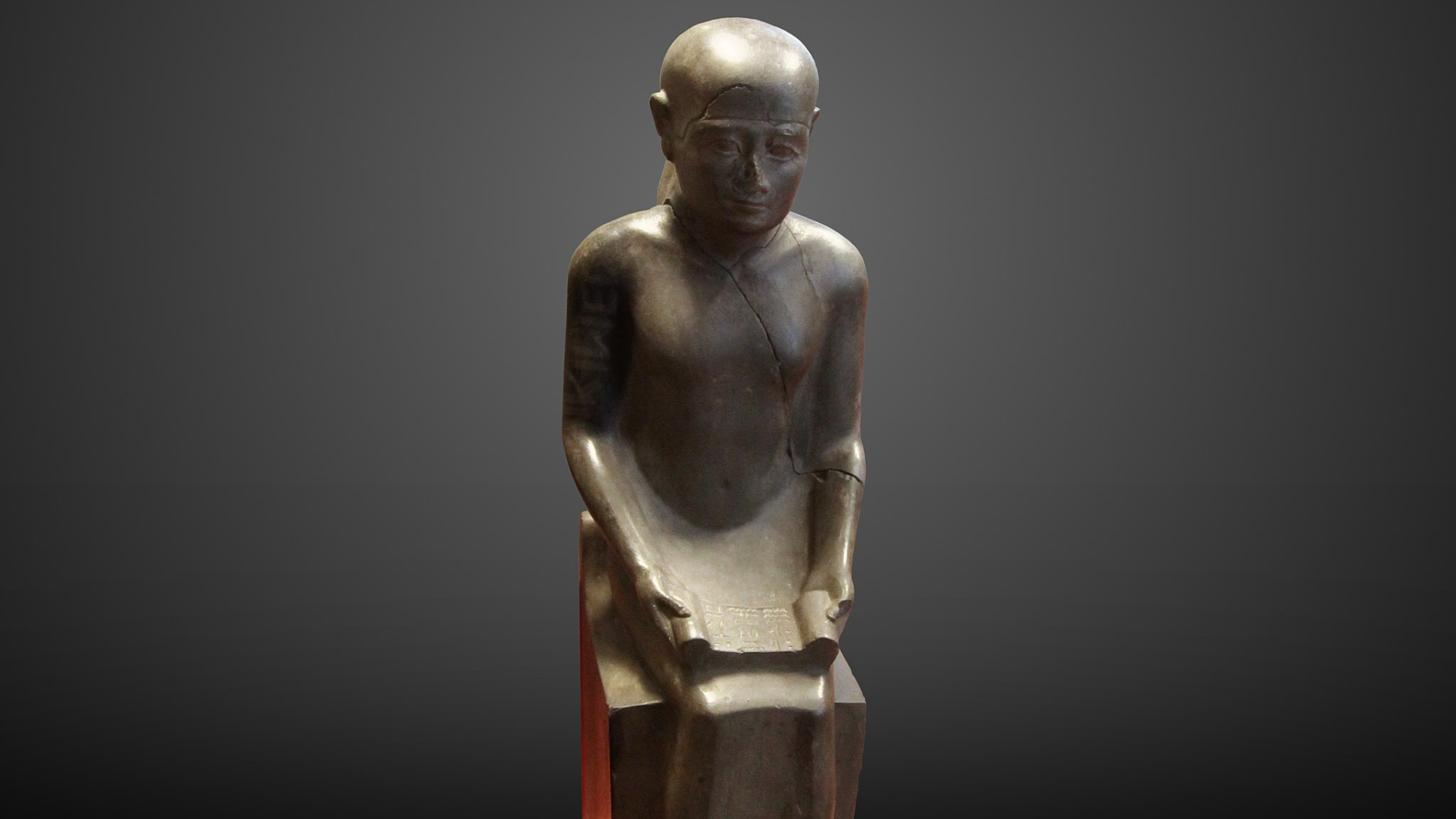
Louvre Museum/Wikimedia Commons
It is attributed to him that he may have been the trailblazer in utilizing stone columns for supporting architectural structures—an advancement marking a significant milestone in construction practices. Imhotep adeptly employed established techniques for stone walling, flooring, lintels, and jambs, showcasing his mastery in creating colossal structures entirely crafted from stone.
The restoration endeavors on the Djoser pyramid commenced in 2006, a meticulous process aimed at preserving and showcasing this archaeological treasure.
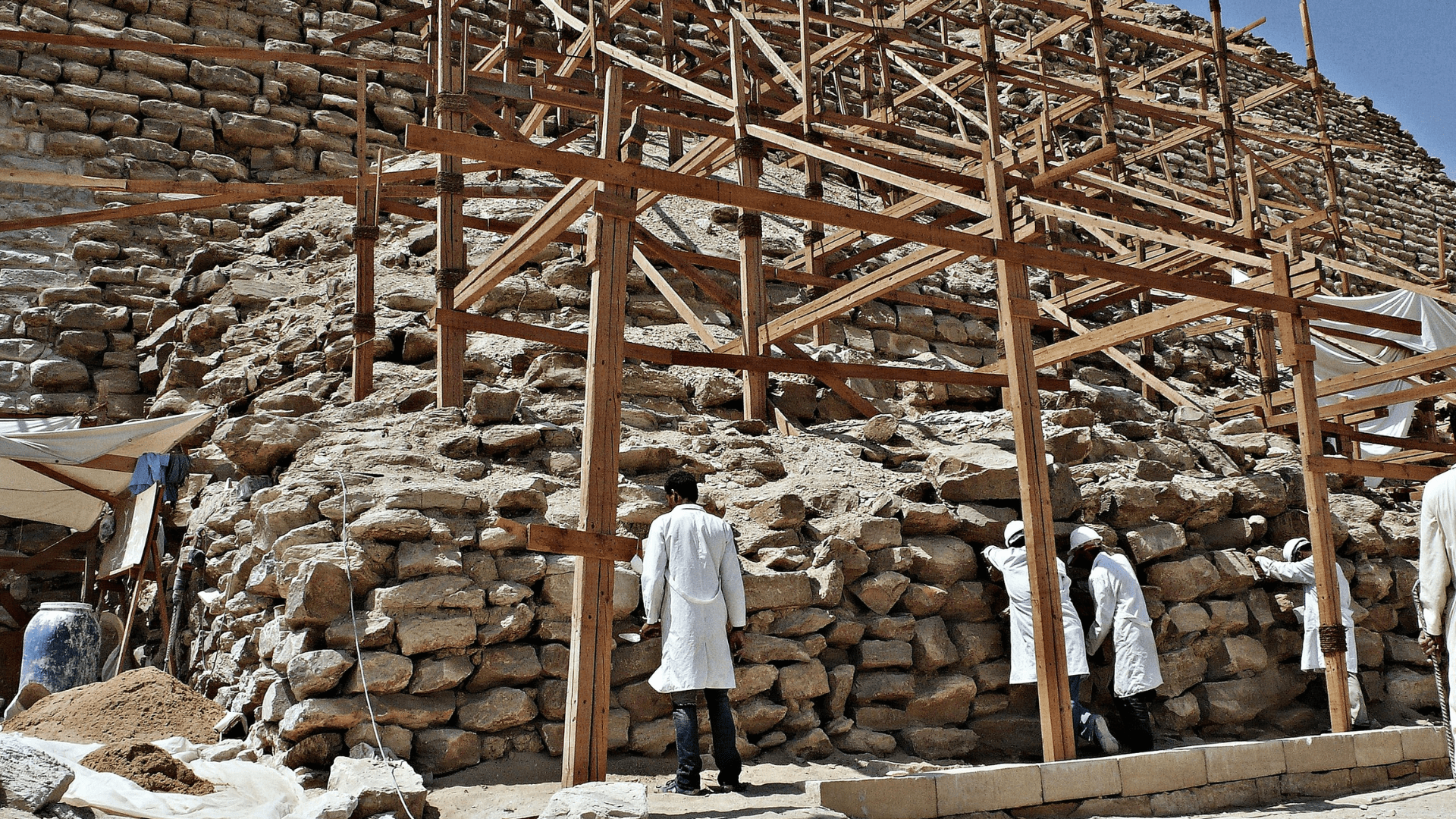
Alberto-g-rovi/Wikimedia Commons
However, these efforts faced interruptions in 2011 and 2012 due to Egypt’s popular uprising and the subsequent overthrow of President Hosni Mubarak. Despite these setbacks, restoration work resumed in 2013, underscoring Egypt’s commitment to safeguarding its cultural heritage.
Djoser Restoration Included Repair of Burial Chamber, Revealed Giant Sarcophagus
Al-Ahram reported that the restoration included the meticulous repair of collapsed ceiling blocks, revival of the burial chamber and corridors, and removal of rubble from the pyramid’s structure.
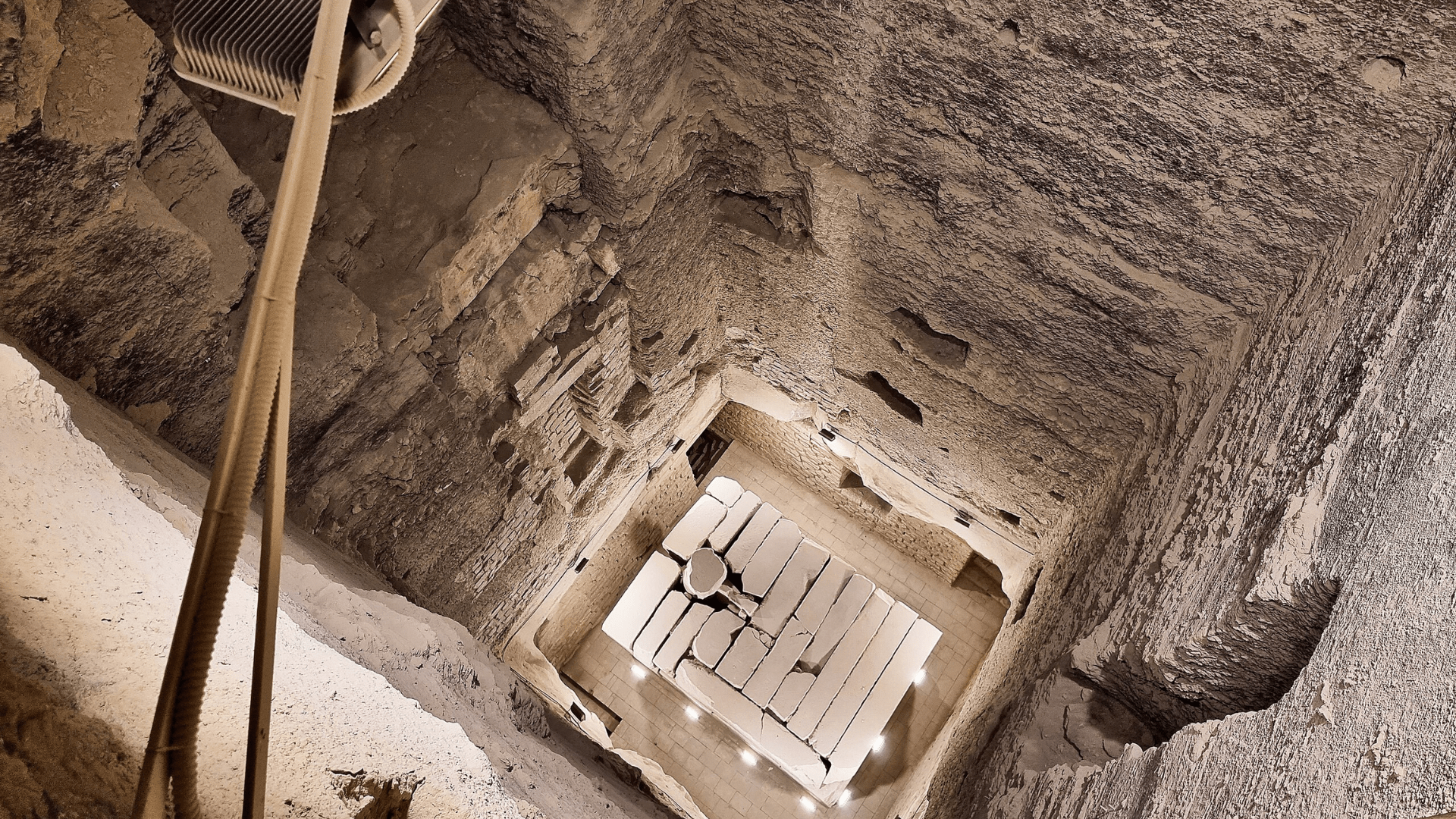
Prof. Mortel/Wikimedia Commons
The removal of debris revealed a striking 176-ton granite sarcophagus, standing nearly 5 meters (16 feet) tall—an awe-inspiring testament to the grandeur of ancient Egyptian burial practices.
Djoser Pyramid Boasts New Lighting and Accessibility
In tandem with the restoration efforts, the Djoser pyramid now boasts a new lighting system and enhanced accessibility features, including provisions for disabled visitors.
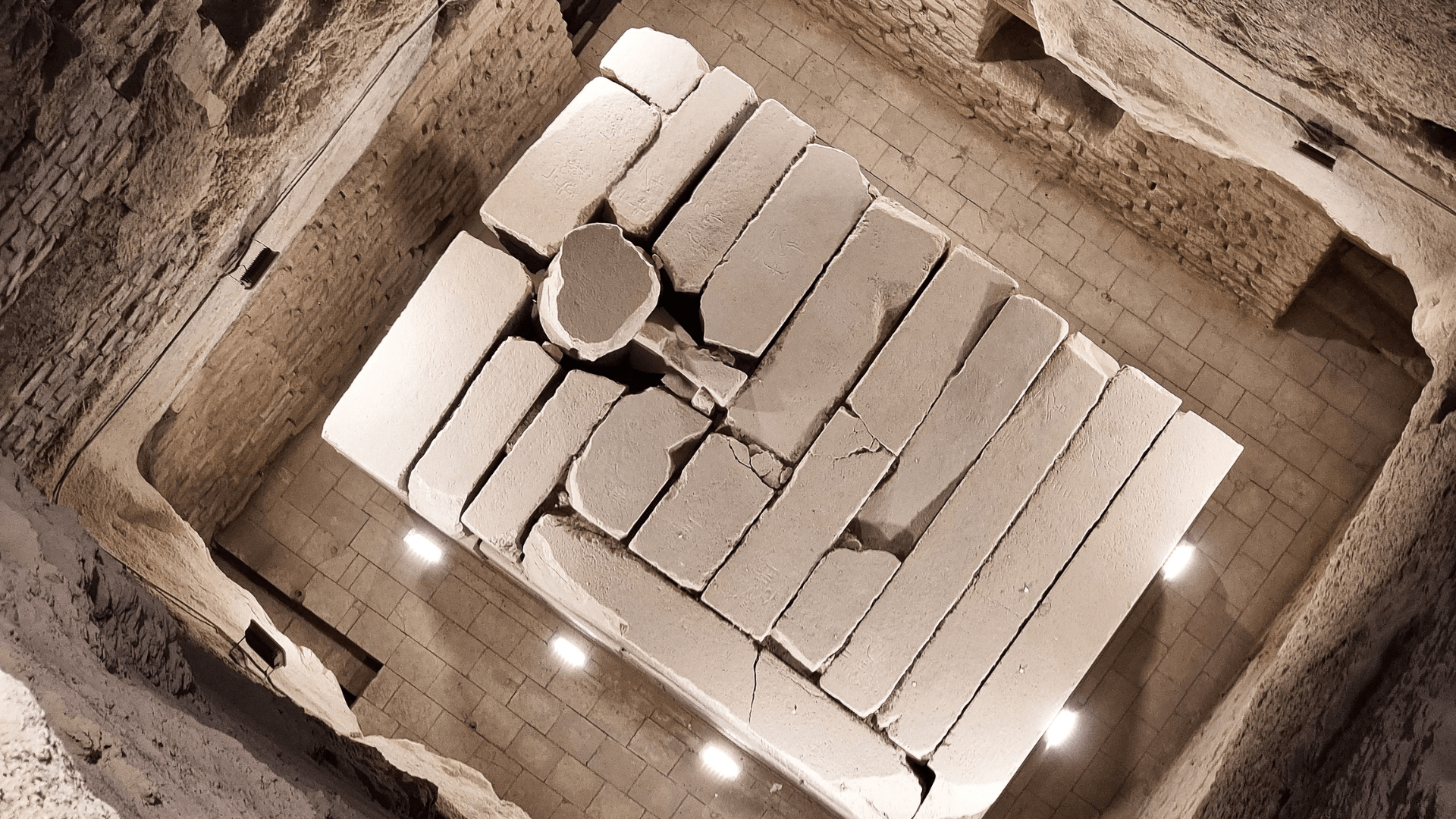
Prof. Mortel/Wikimedia Commons
These additions not only contribute to the overall visitor experience but also align with contemporary standards of inclusivity.
Minister of Tourism and Antiquities, Khaled El-Enany, shared that the comprehensive restoration project incurred a cost of 104 million Egyptian pounds (equivalent to $6.6 million).
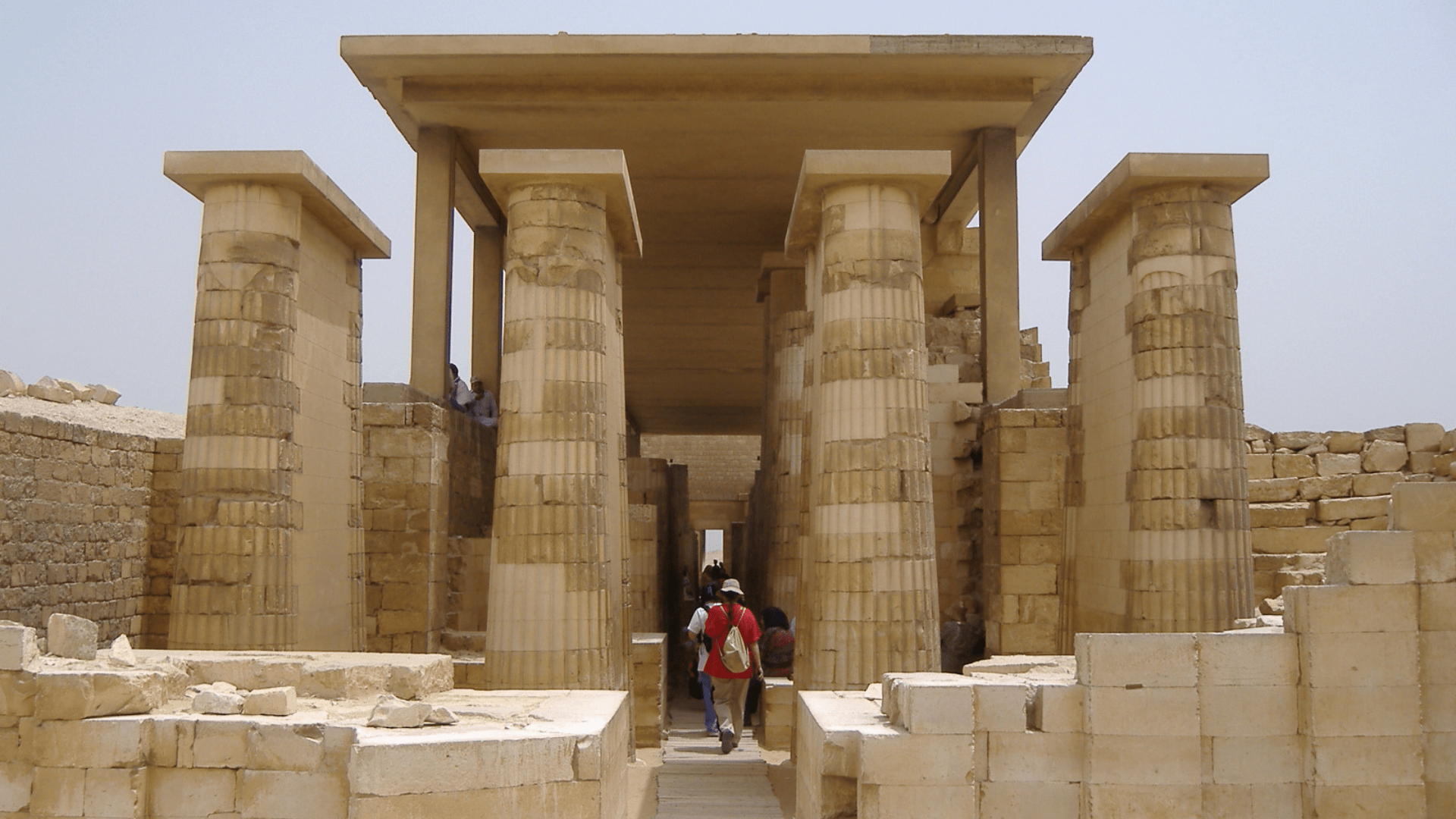
Hannah Pethen/Wikimedia Commons
This financial commitment underscores the significance Egypt places on preserving its cultural heritage and ensuring that future generations can marvel at the wonders of the ancient world.
Djoser Reopening a Pivotal Moment for Egypt and Global Archaeological Community
The reopening ceremony in 2020 marked a pivotal moment for Egypt and the global community interested in archaeology and history. It symbolizes the resilience of cultural preservation efforts even in the face of socio-political challenges.
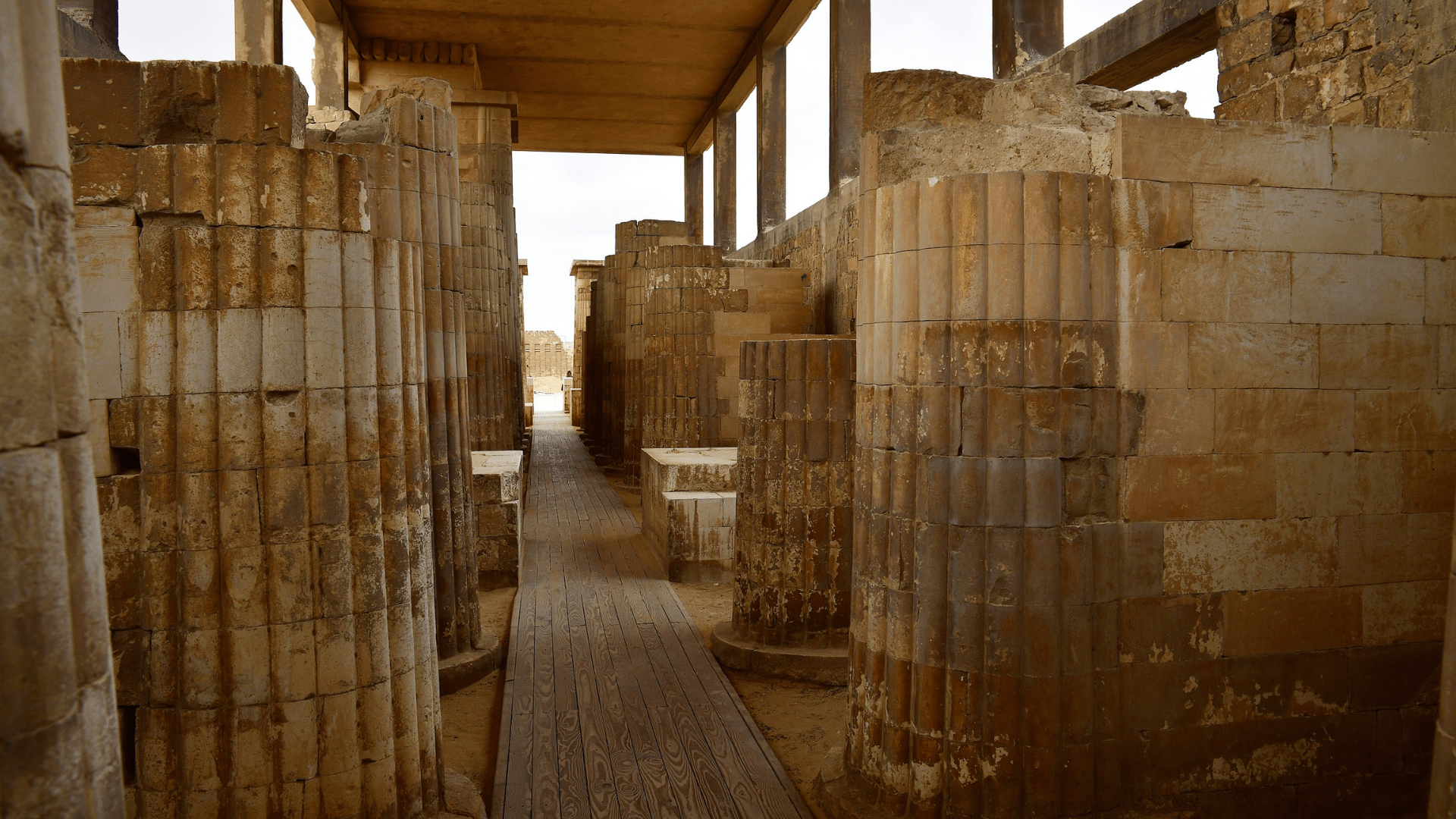
Panegyrics of Granovetter/Wikimedia Commons
As visitors now have the opportunity to explore the Djoser pyramid, they embark on a journey through millennia, connecting with the distant past and appreciating the architectural ingenuity that shaped civilizations.
Abu al-Abbas al-Mursi Mosque Gets “Restored”
These groups are also focused on another restoration project near the coastal city of Alexandria, the 13th-century Abu al-Abbas al-Mursi mosque.
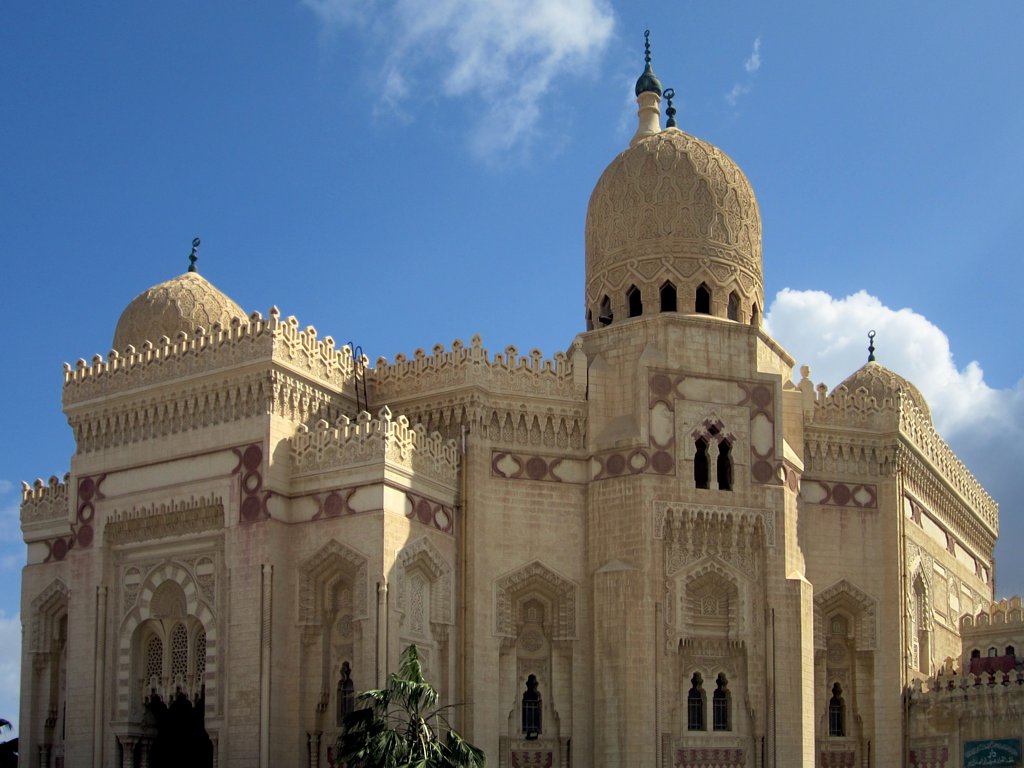
Source: David Stanley/Flickr
Residents of Alexandria were surprised to discover that renovations had been made to Egypt’s second-oldest mosque, erasing decorations that adorned the mosque since its construction.
Discovering the Botched Renovation
Photos and videos posted on social media reveal that the mosque’s ceiling had either been covered or painted white, covering up the intricate decorations.
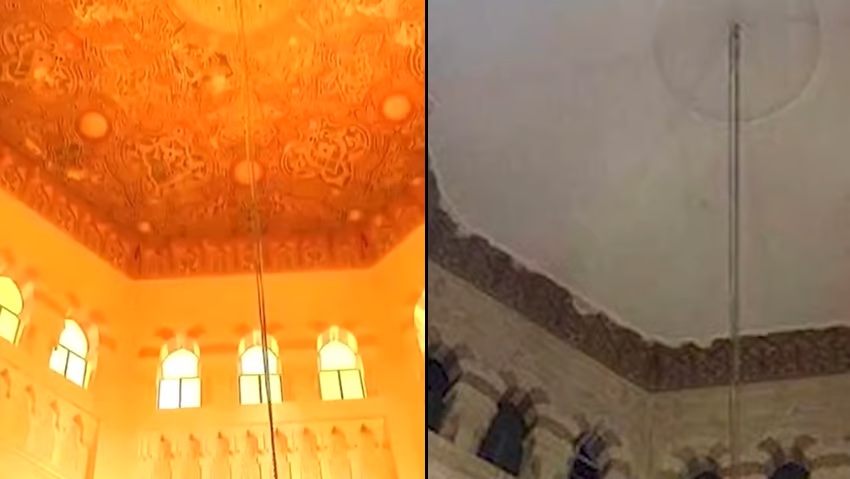
Source: Y Net News
These videos sparked backlash in Alexandria, causing a special committee to be formed to make a case to those who oversaw the restoration project.”
Restoring the Mosque (Again)
According to Y Net News, the committee is working to restore the decorations and minimize the damage caused by the renovation in the upcoming months.
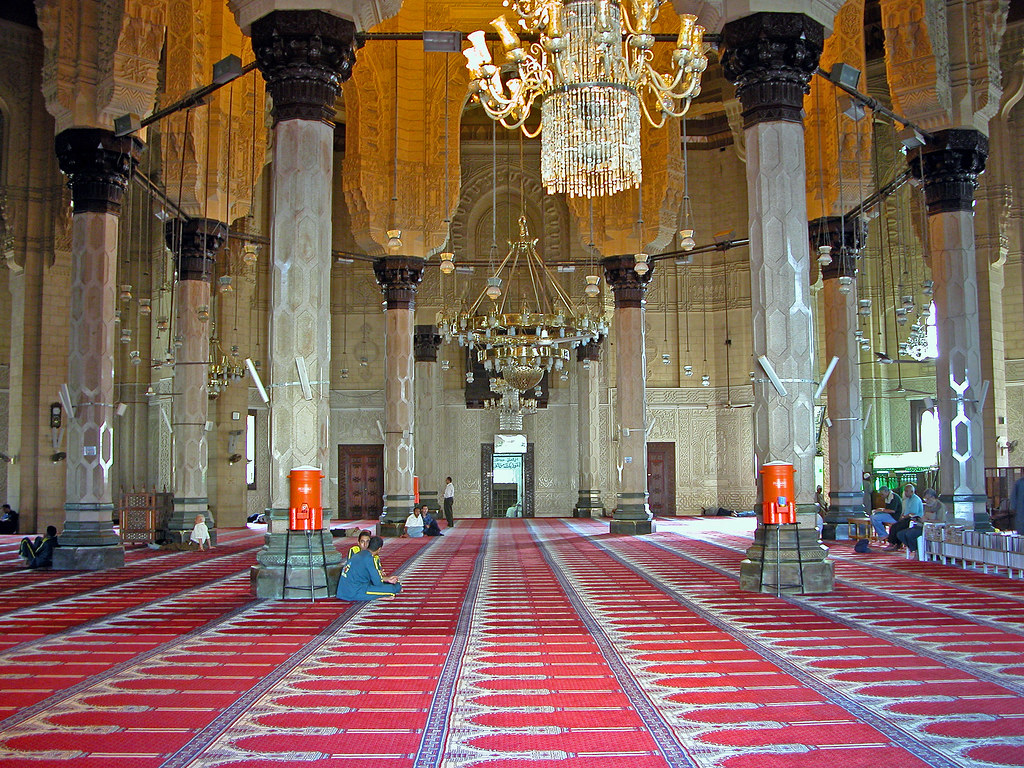
Source: Dennis Jarvis/Flickr
This is one of the restoration projects that have caused distrust among many Egyptians, as they fear their heritage and landmark sites are being destroyed in favor of monetary gain.
The Struggle for Egypt’s Heritage Preservation
Egyptian officials hope that the $1.2 billion “project of the century” will boost Egypt’s tourism industry. The country’s struggling economy relies heavily on foreign currency.
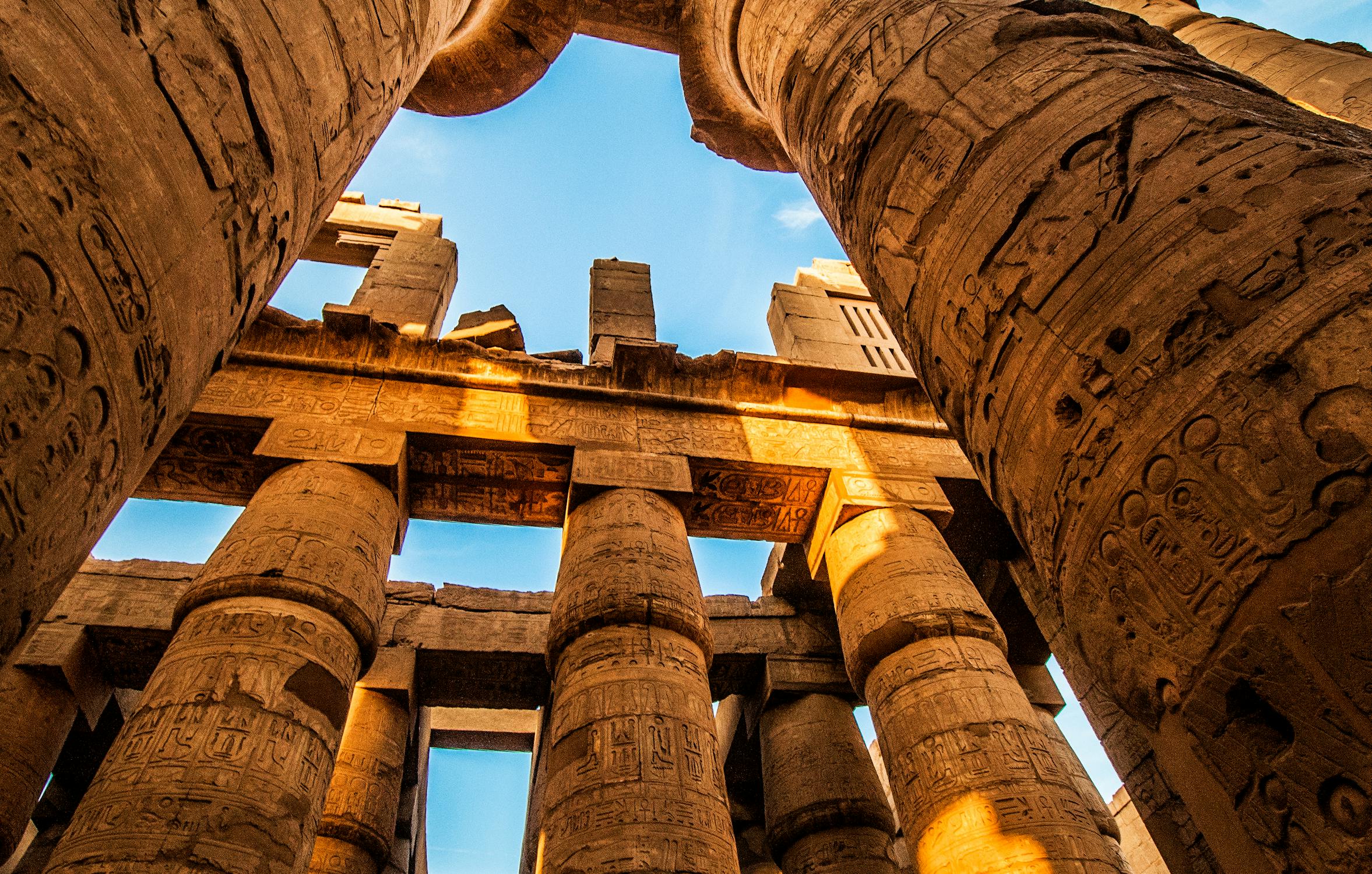
Source: Frans van Heerden/Pexels
However, heritage preservation in Egypt has been largely a heated debate in the country and online.
Destruction of Historic Areas and Items
The recent destruction of an entire section of Cairo’s historic district has led to civil society groups teaming up to protect the centuries-long history of Egypt. These groups are largely banned from political activity.
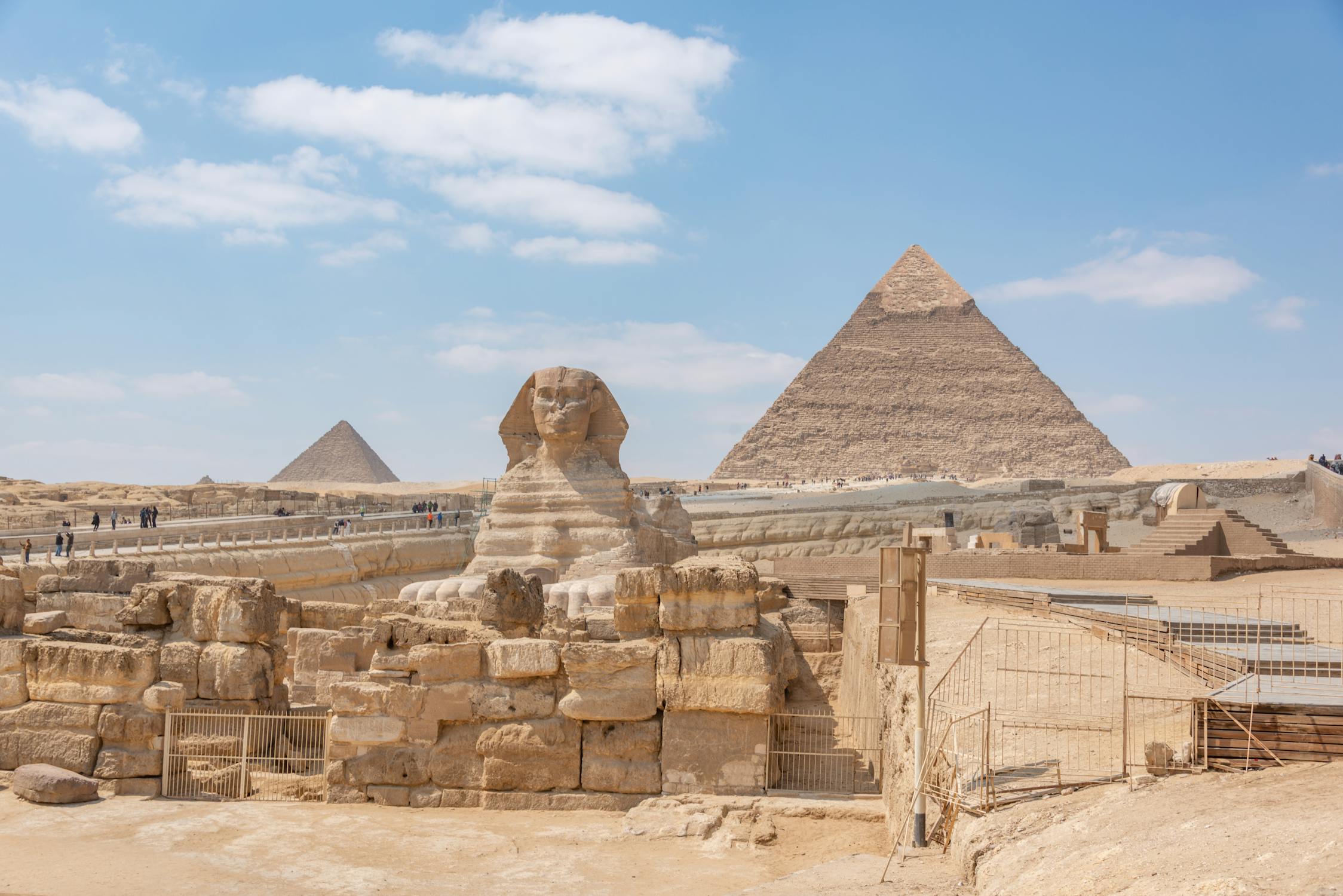
Source: Diego F. Parra/Pexels
However, they are concentrating on challenging President Abdel Fattah El-Sisi’s government on urban planning and heritage issues.
Egypt’s Cultural Heritage Has Been in Danger
After two revolutions in a short period of time, a majority of Egypt’s key archaeological sites fell victim to looting. Around $3 billion worth of Egyptian antiquities have been looted since 2011, with many items being found in antiquities markets (via the International Coalition to Protect Egyptian Antiquities).
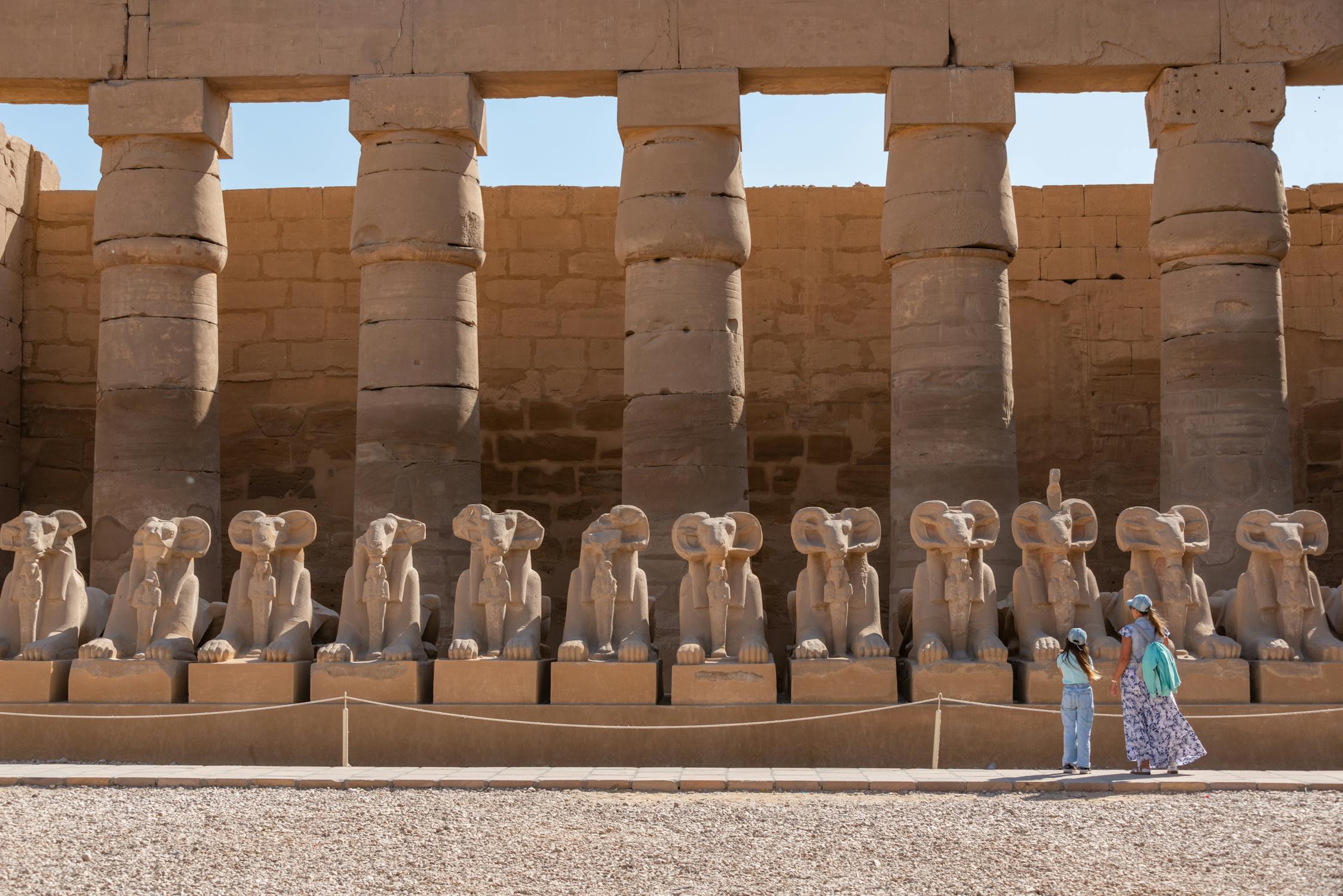
Source: Diego F. Parra/Pexels
With many of Egypt’s treasures being lost, many feel that the country should focus on preserving and protecting them.
Egyptian Museums Are In Danger, Too
The historical sites are not the only things in danger in Egypt. Many artifacts were destroyed at the Museum of Islamic Art in Cairo in early 2014 after a car bomb detonated outside the building, according to The New York Times.
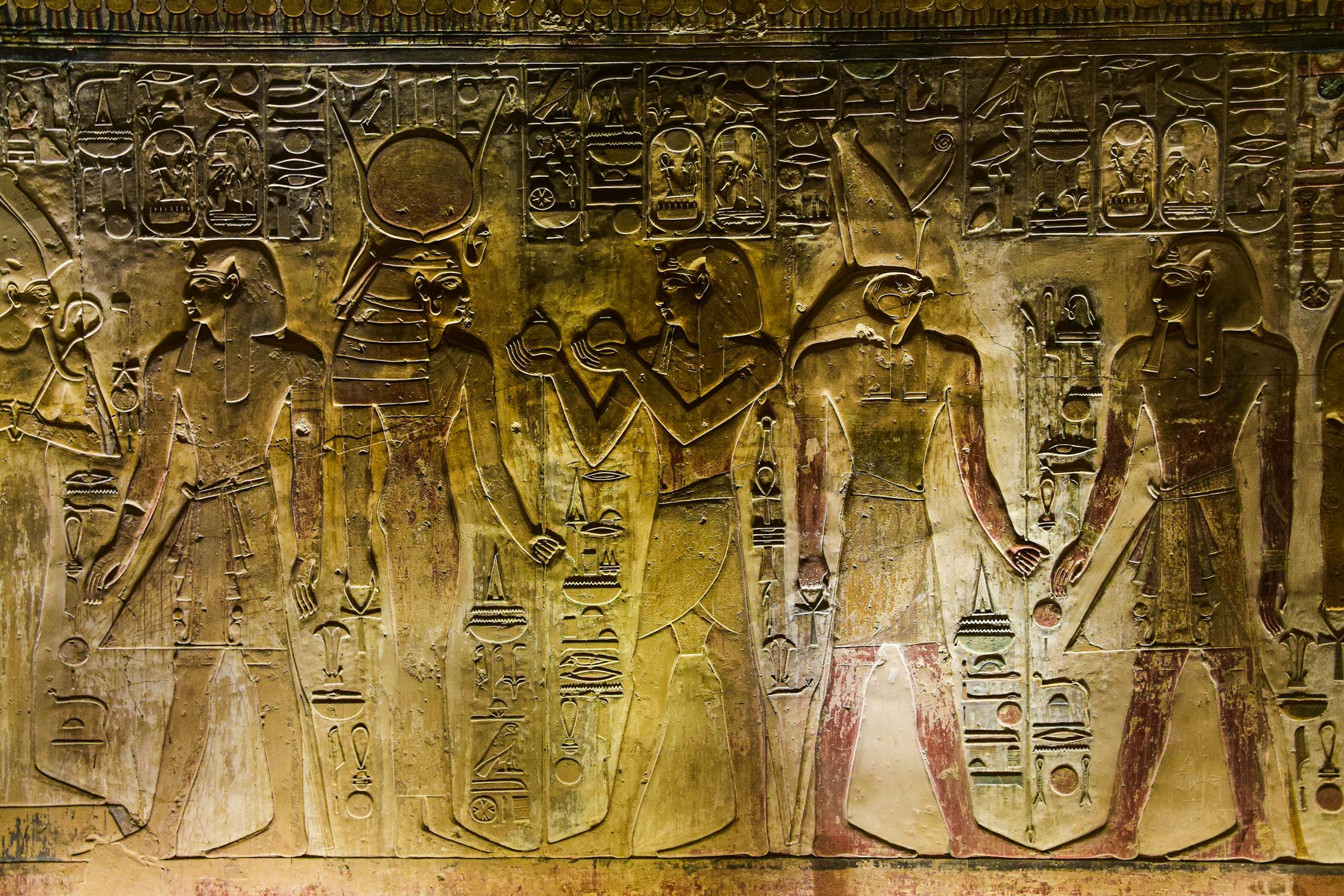
Source: AXP Photography/Pexels
Other museums, like the Malawi National Museum, have been looted over the years, adding to civil society groups’ concerns.
